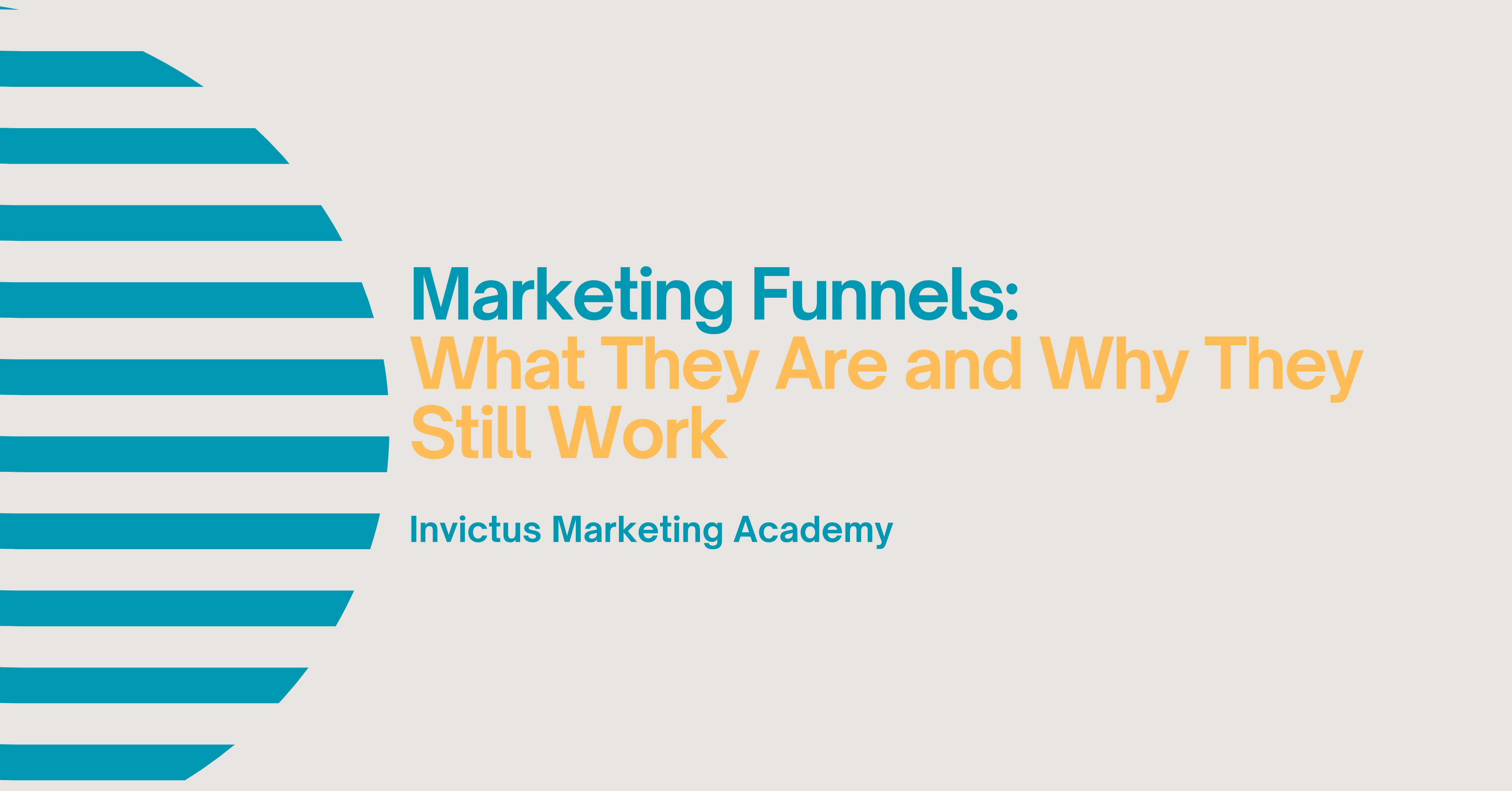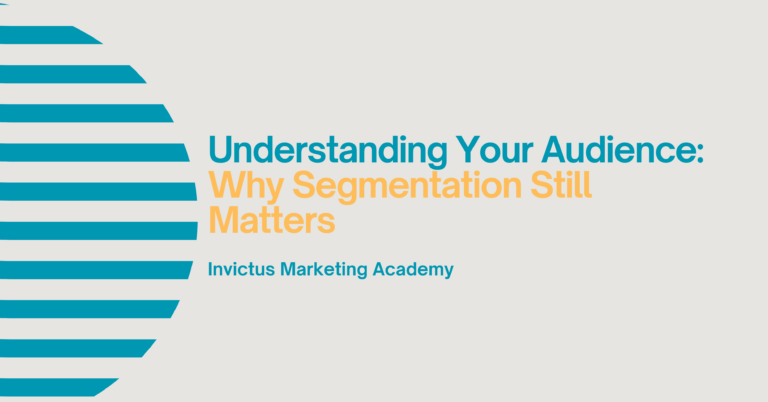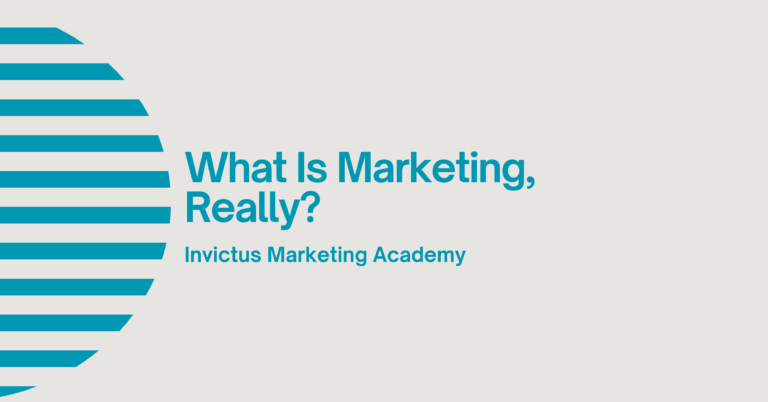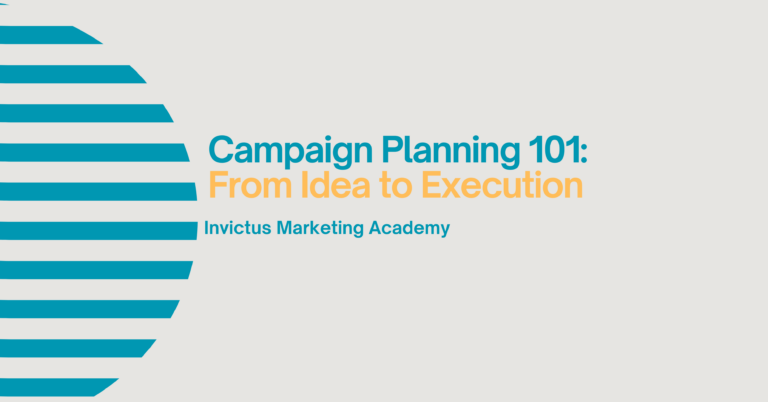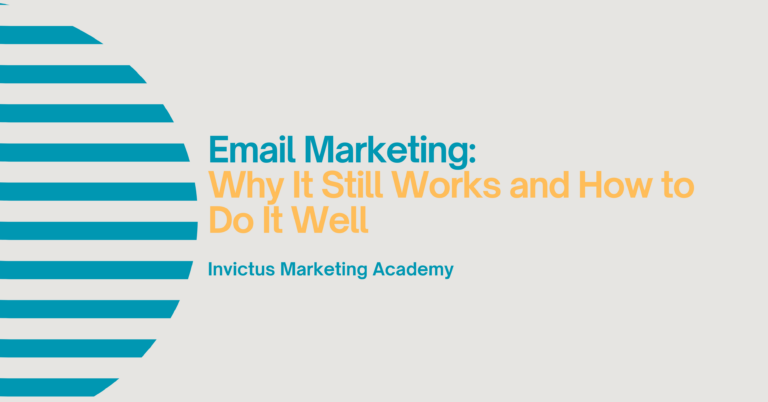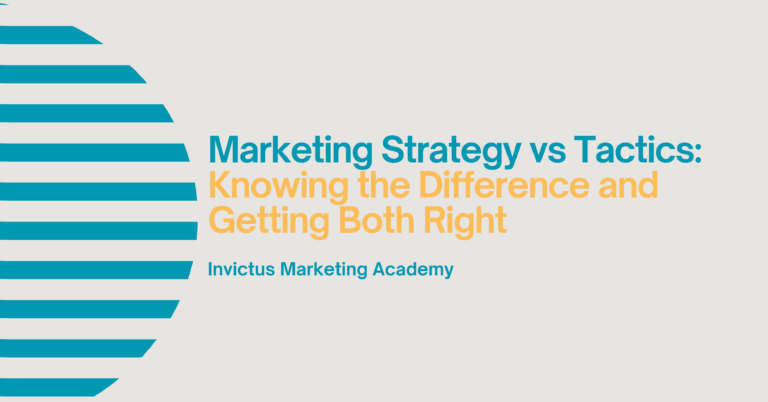Marketing Funnels: What They Are and Why They Still Work
You’ve got a great product. You’re running ads, writing content, sending emails — but leads are stalling, customers aren’t converting, and results feel inconsistent. What’s missing?
Often, the answer is structure. That’s where marketing funnels come in.
A marketing funnel is a simple but powerful way to map the path your audience takes from discovering your brand to becoming loyal customers. It breaks the journey down into manageable stages — helping you deliver the right message, at the right time, in the right way.
Funnels have been around for decades, but they remain essential in digital marketing. Why? Because they bring order to chaos. They help you build relationships, improve targeting, and turn casual interest into committed action.
In this article, we’ll break down what a funnel is, why it still matters, and how to use it to build smarter, more consistent marketing that moves people from “just looking” to “ready to buy”.
What Is a Marketing Funnel?
A marketing funnel is a visual model that represents the customer journey — from first becoming aware of your brand to becoming a loyal advocate. It narrows at each stage, reflecting how many people drop off before converting.
It’s called a funnel because it typically looks like one:
- Top of Funnel (TOFU) – Awareness and discovery
- Middle of Funnel (MOFU) – Consideration and evaluation
- Bottom of Funnel (BOFU) – Decision and conversion
- Post-Funnel – Retention and advocacy
Each stage reflects a shift in customer intent — and demands different messaging, content, and calls to action.
Why Funnels Still Matter
Funnels might seem basic in today’s world of automation and AI — but they remain one of the most valuable tools in marketing strategy.
Here’s why:
- They add structure to your marketing – Funnels help you plan and organise your activity across the full customer journey, rather than relying on scattered tactics.
- They align teams and messaging – Sales, marketing, and customer service can work together more effectively when they understand where a customer is in the journey.
- They help track performance – You can monitor conversion rates between stages and identify where people are dropping off.
- They support better targeting – You can tailor content to fit the mindset of the customer at each stage, which increases relevance and engagement.
Funnels give your marketing a framework — one that’s both strategic and flexible enough to evolve.
The Four Main Stages of the Funnel
Let’s take a closer look at each part of the funnel and what it means in practice.
1. Top of Funnel (TOFU) – Awareness
At this stage, the customer might not know who you are — or even that they have a problem to solve. Your job here is to grab attention and build initial interest.
Goals:
- Increase visibility
- Attract new audiences
- Start relationships without selling too hard
Tactics include:
- Blog content – Educational articles that answer common questions or provide helpful tips.
- Social media posts – Short-form content designed to engage and spark curiosity.
- Video explainers – Quick intros to your product, service, or brand story.
- SEO and organic search – Capturing attention from those searching broadly around your topic area.
This is not the time for hard sells. Focus on value, insight, and building trust.
2. Middle of Funnel (MOFU) – Consideration
Now your audience knows who you are — but they’re weighing up their options. They might be comparing solutions, asking for recommendations, or doing deeper research.
Goals:
- Educate the audience about your offer
- Build trust and credibility
- Nurture interest into intent
Tactics include:
- Downloadable guides or lead magnets – Useful resources in exchange for email sign-ups.
- Email nurturing sequences – Automated follow-ups that share more detail or tell stories.
- Case studies and testimonials – Proof that your offer delivers real value.
- Webinars or events – Opportunities to connect in a more personal and interactive format.
Here, you’re guiding people from curiosity to confidence — and laying the groundwork for conversion.
3. Bottom of Funnel (BOFU) – Decision
This is where your prospect is almost ready to buy — they just need a final nudge, reassurance, or incentive.
Goals:
- Make it easy to say yes
- Reduce friction and risk
- Encourage action
Tactics include:
- Free trials or demos – Letting people experience your offer first-hand.
- Limited-time discounts or offers – Creating urgency without pressure.
- Strong landing pages – Focused pages with clear benefits and calls to action.
- Sales consultations or direct outreach – One-to-one interaction for high-value prospects.
This stage is about removing barriers. Think clarity, simplicity, and confidence.
4. Post-Funnel – Retention and Advocacy
Too many marketers stop at the sale. But the real long-term value lies in what happens next.
Goals:
- Keep customers engaged and happy
- Encourage repeat business
- Turn satisfied buyers into advocates
Tactics include:
- Onboarding emails or content – Helping customers get the most from their purchase.
- Loyalty programmes – Rewards that incentivise repeat purchases.
- Referral schemes – Encouraging customers to recommend you to others.
- Feedback and review requests – Capturing social proof and improving experience.
Retaining a customer is cheaper than acquiring a new one. And loyal customers often become your strongest marketing asset.
Mapping Your Own Funnel
Funnels aren’t one-size-fits-all — they should reflect your product, sales cycle, and audience behaviour. A B2B software company might have a six-month funnel. An online jewellery store might convert in three clicks.
Start by asking:
- What’s the typical path from stranger to customer in your business?
- Where do people often drop off or get stuck?
- What content or messaging are you using at each stage?
From there, build a simple funnel map:
- TOFU: What content brings people in?
- MOFU: What educates or nurtures them?
- BOFU: What converts them?
- Post-funnel: How do you retain and grow the relationship?
Once mapped, you can start to spot gaps — and strengthen your weakest links.
A Practical Example: A Digital Skills Training Provider
Let’s say you run a training company offering digital marketing courses.
Your funnel might look like this:
- TOFU
A blog post titled “What Skills Do You Need to Get Hired in Digital Marketing?” ranks well in search and introduces readers to your brand. - MOFU
A downloadable Career Switch Toolkit collects email addresses and enters readers into a five-part email series explaining course options, success stories, and funding information. - BOFU
A time-limited offer gives £100 off the next cohort. The landing page includes testimonials, FAQs, and a book-now button. - Post-funnel
After enrolment, students receive a welcome pack, regular progress check-ins, and referral bonuses for friends who sign up.
This funnel guides learners from early research to confident enrolment — and keeps the relationship going after the sale.
In Summary
Marketing funnels aren’t outdated — they’re timeless. They reflect how people actually make decisions, giving you a simple framework to support them every step of the way.
When you understand and respect the stages of the funnel, you stop pushing and start guiding. You build campaigns that meet people where they are — not where you wish they were.
And in doing so, you create more trust, more conversions, and more momentum for your brand.

